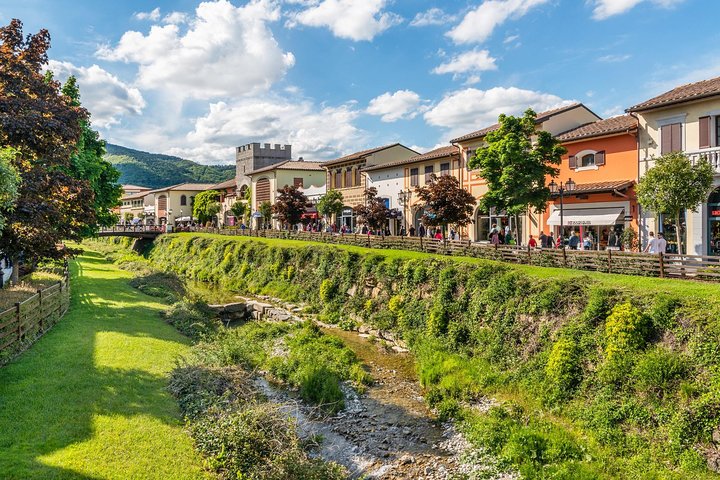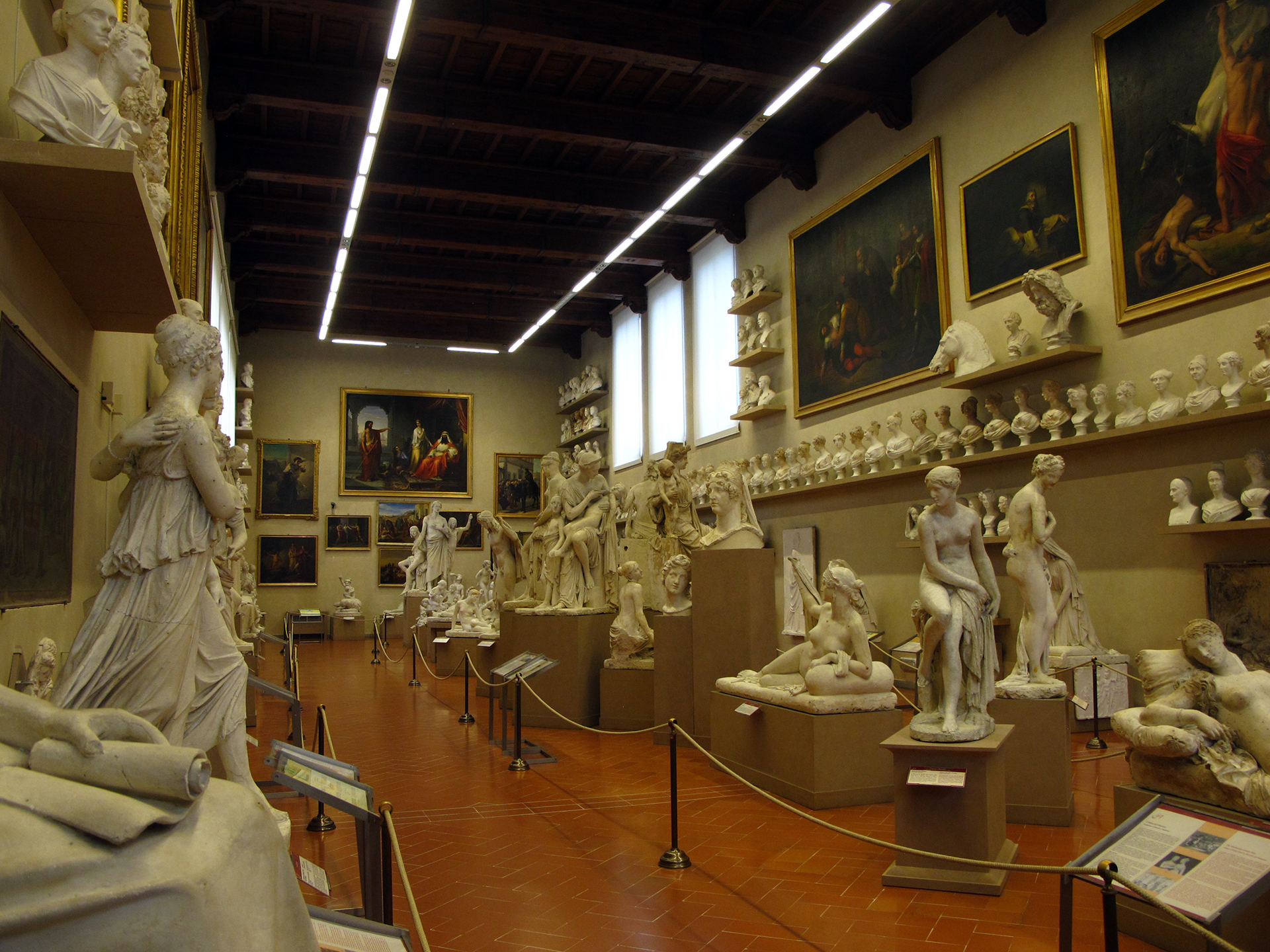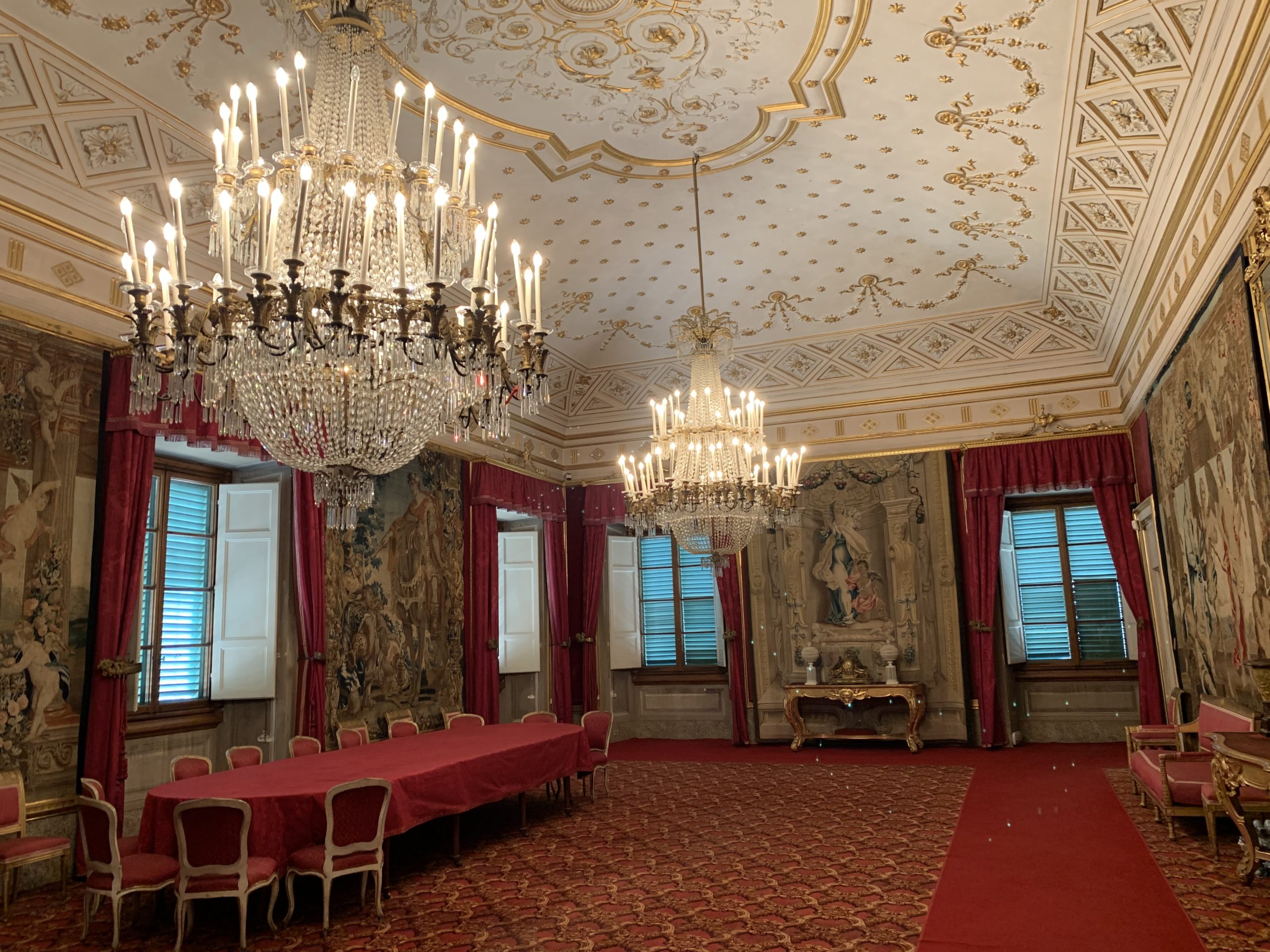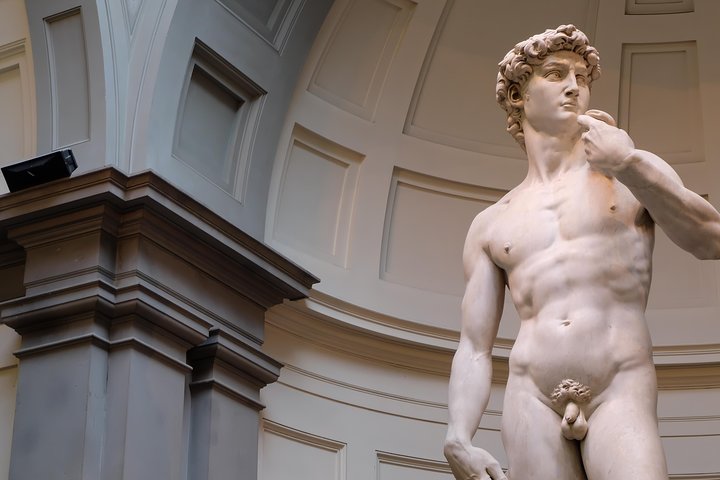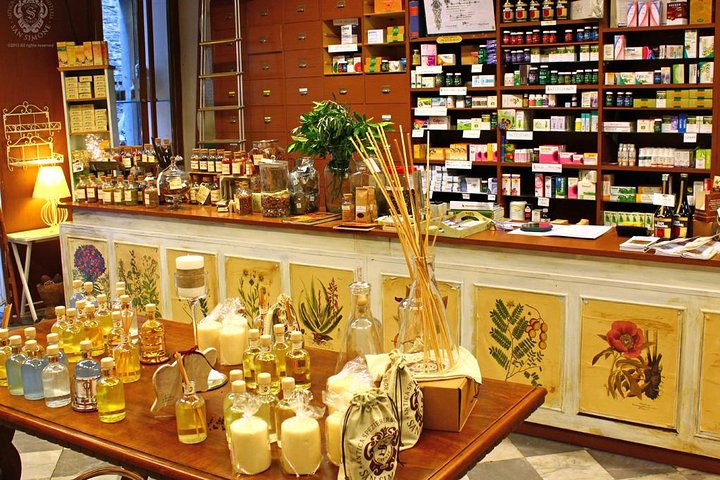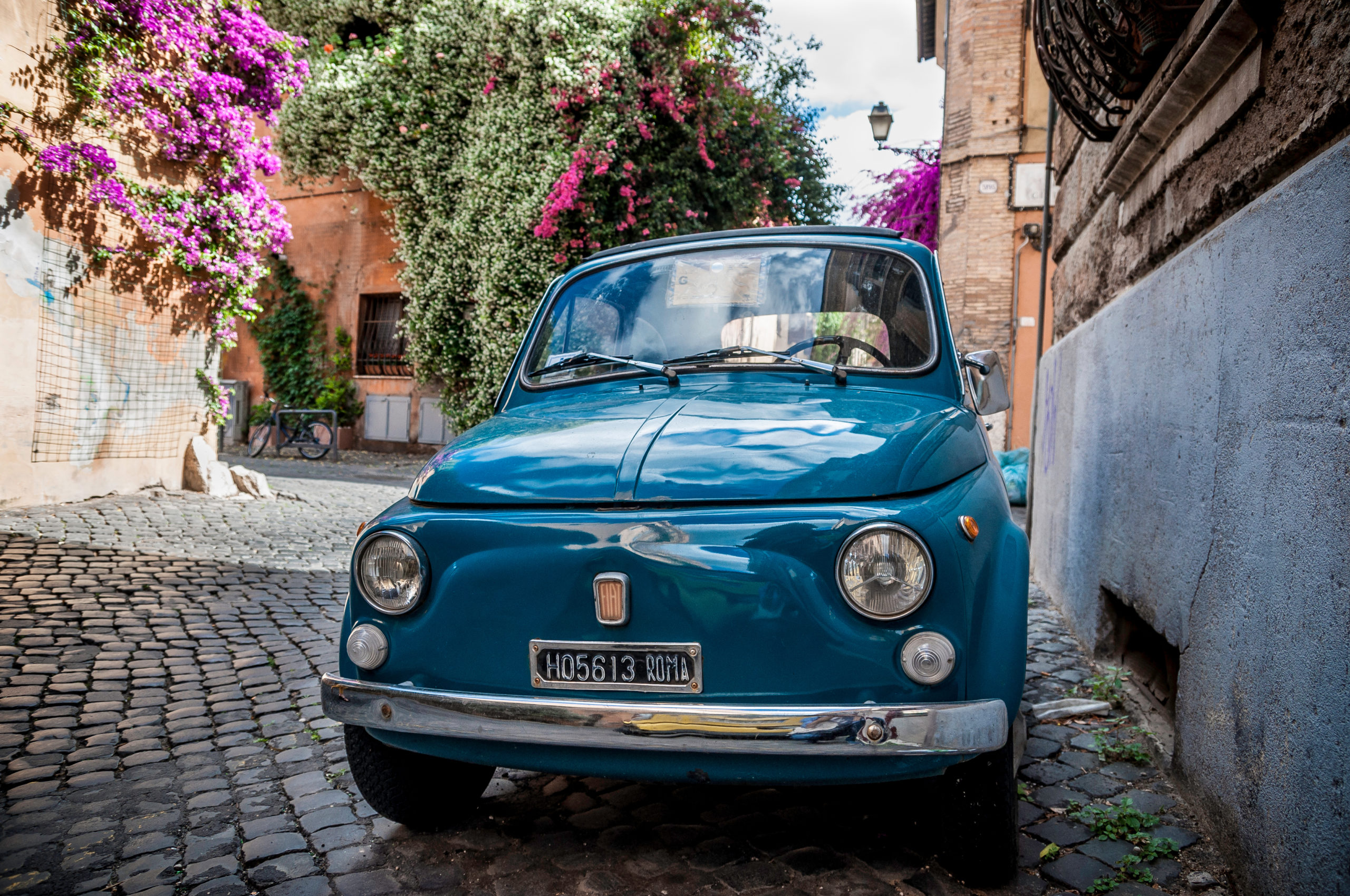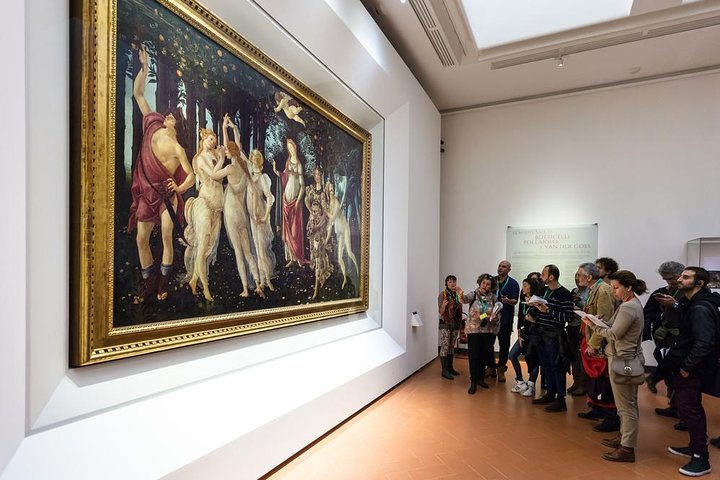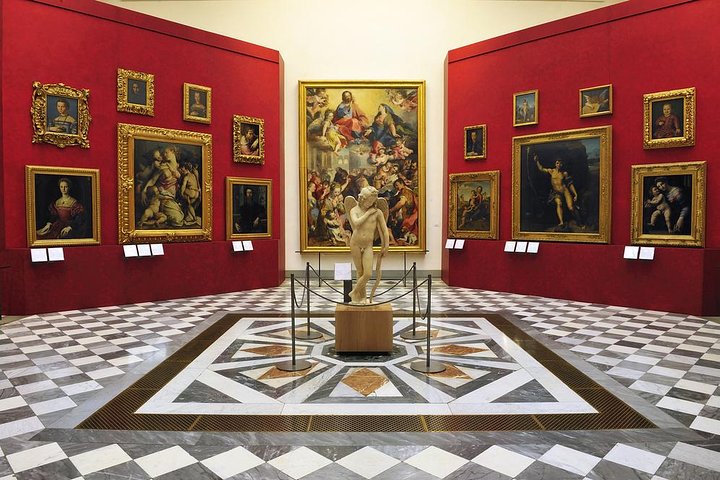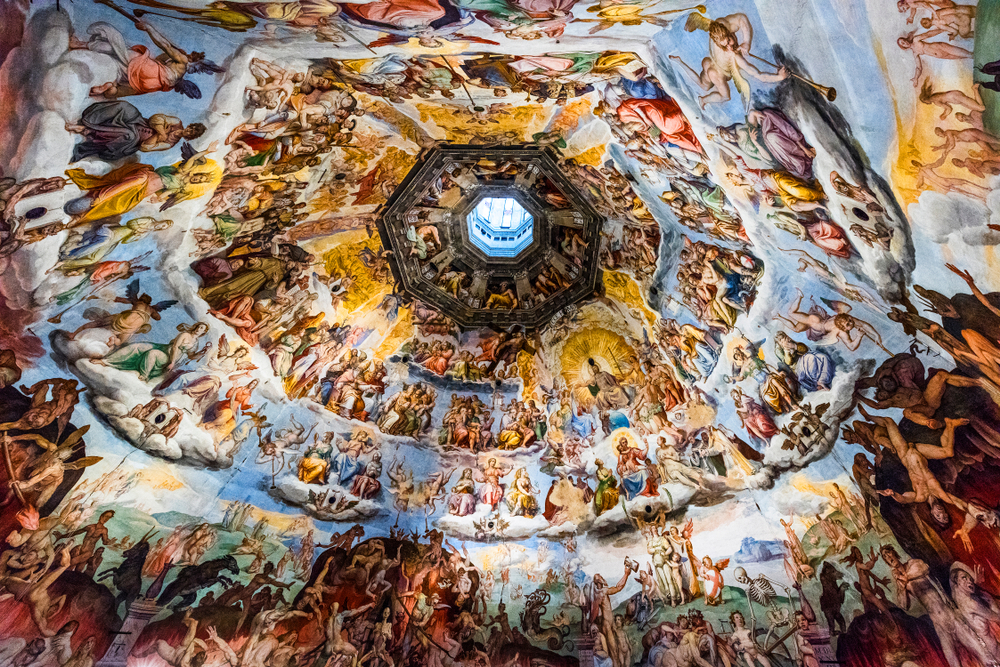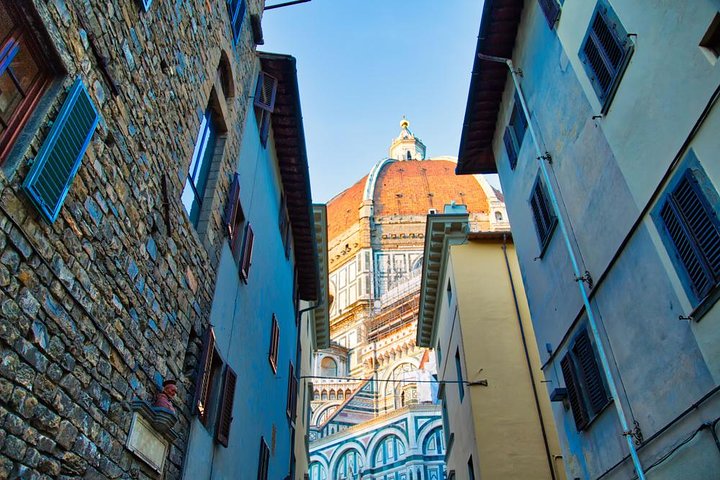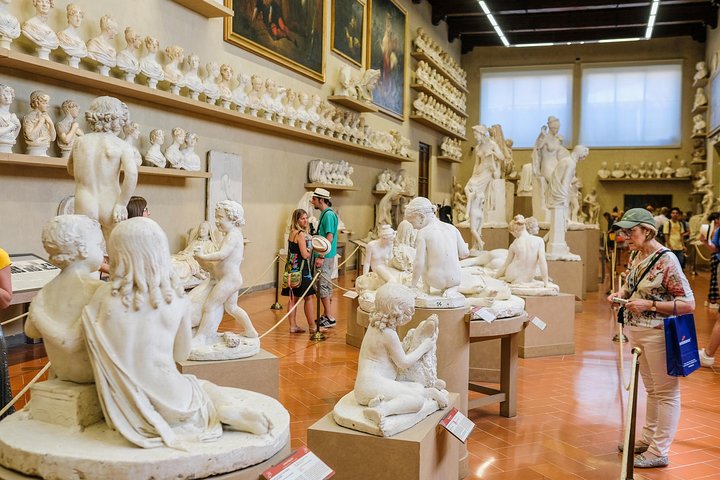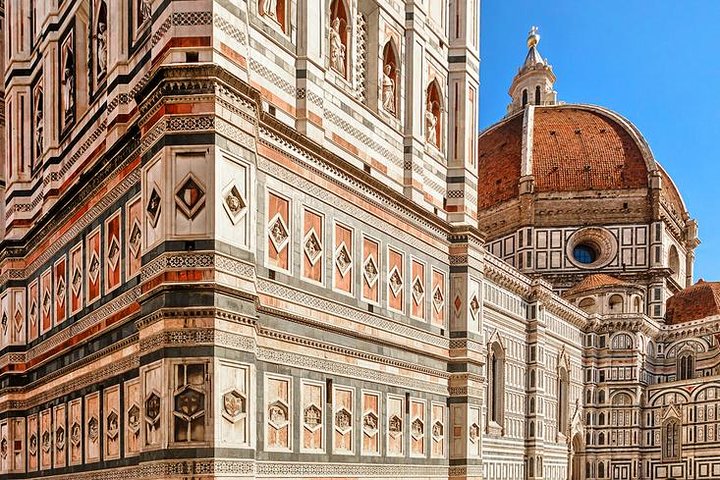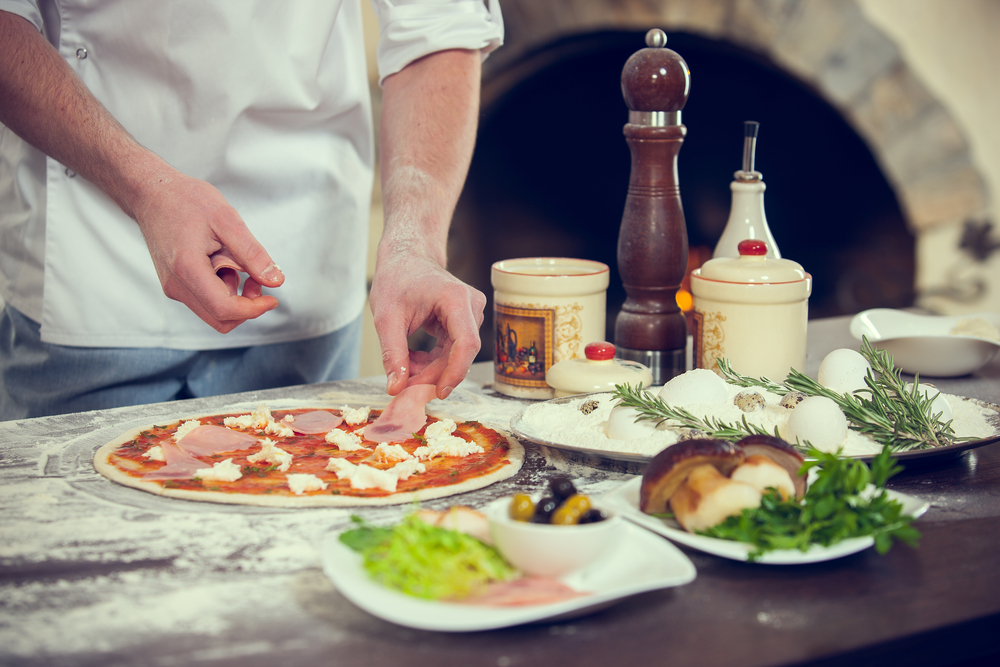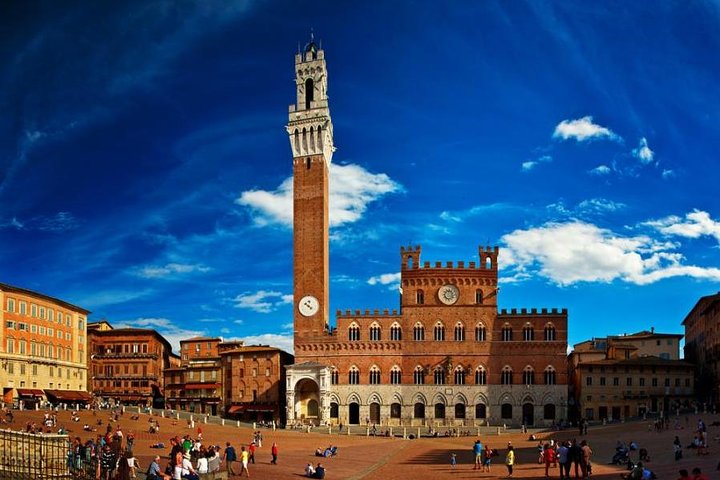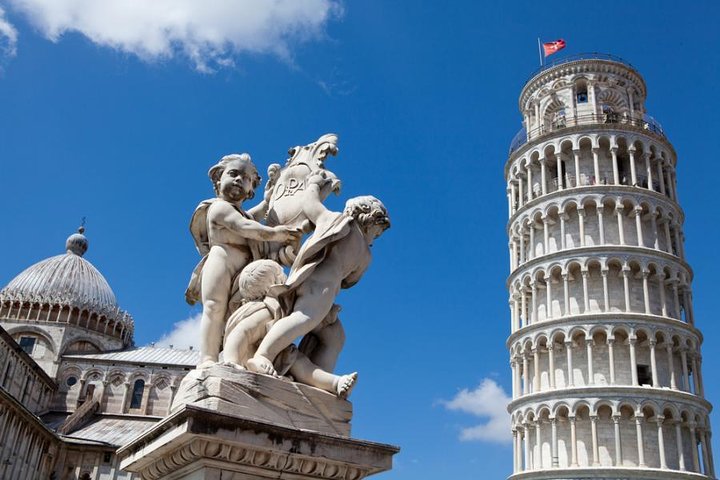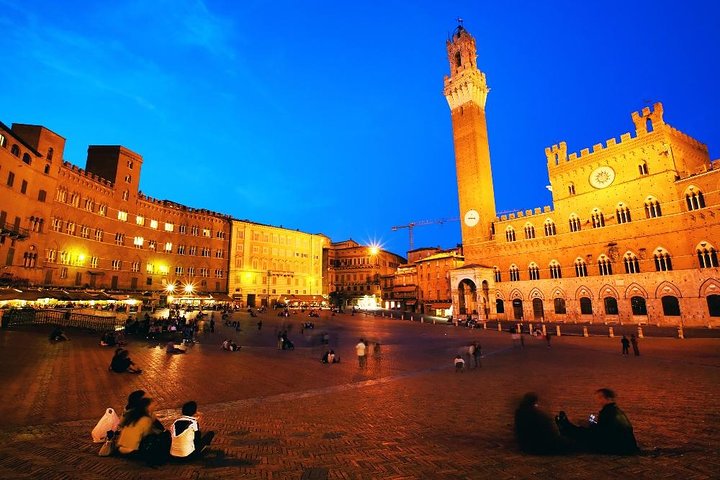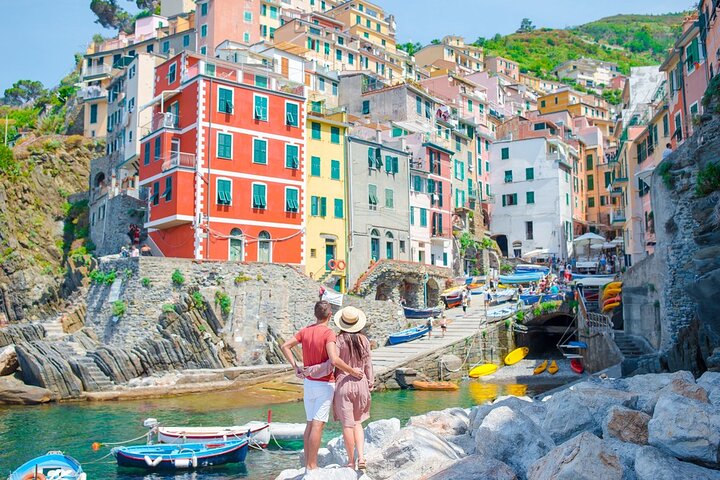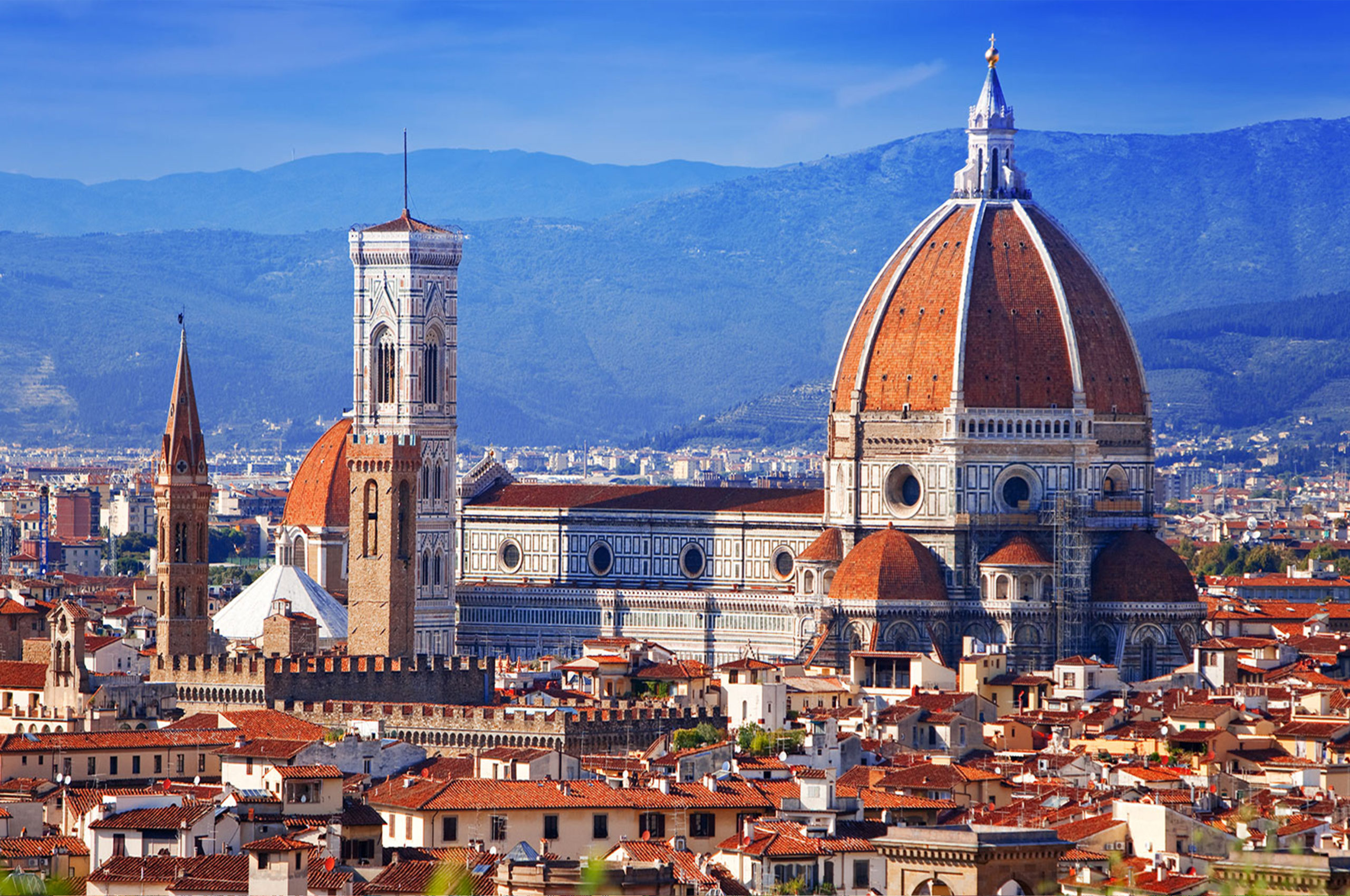You can listen during your holiday to the audio content of the wonders of the city of your choice, in your own language.
You will feel like you have a tour leader at your side who will tell you the history and curiosities of the city you have chosen to visit. The audio contents are professionally created by a team of high-level authors and spoken by professional interpreters operating in the television and radio sector.The audio contents are available in 7 languages: Italian, American English, French, German, Spanish, Russian, Mandarin Chinese.
Get a unique DIGITAL PINCODE to activate the TRAVELMATE. TRAVELMATE App is downloadable on the App Store and Google Play. Compatible with all devices that use the Google Play and App Store platform; contents usable on smartphones and tablets (not usable on PC).




